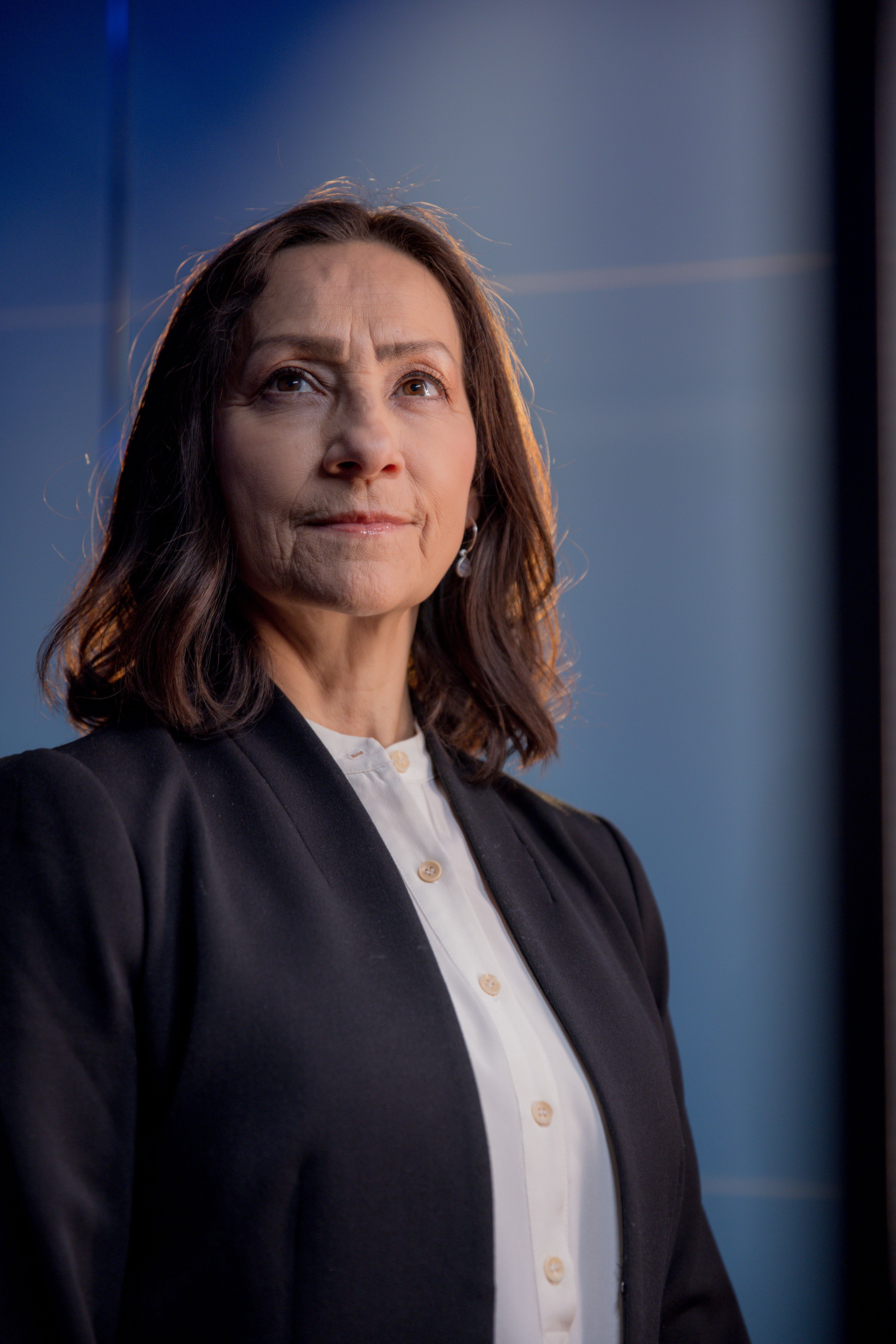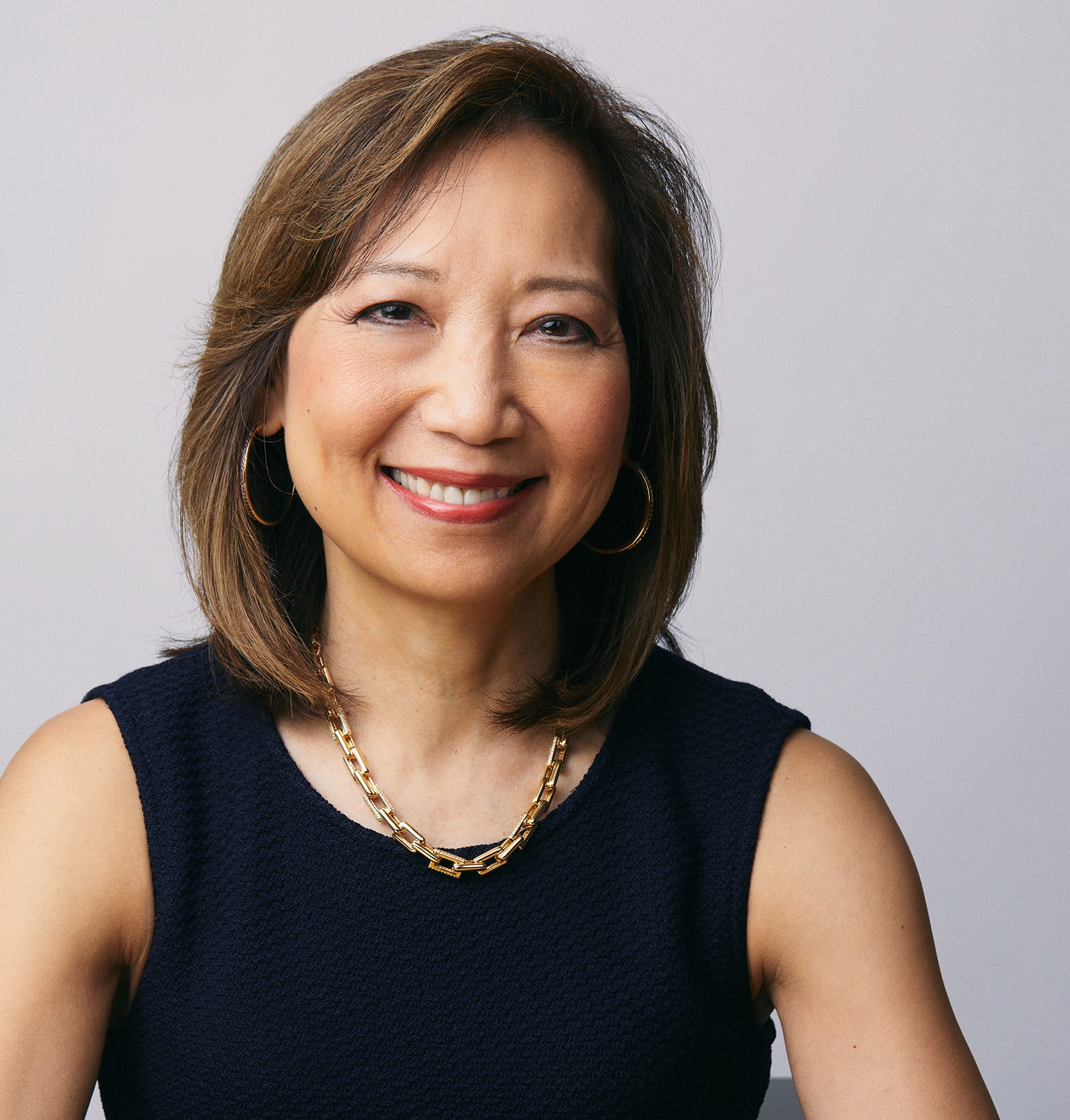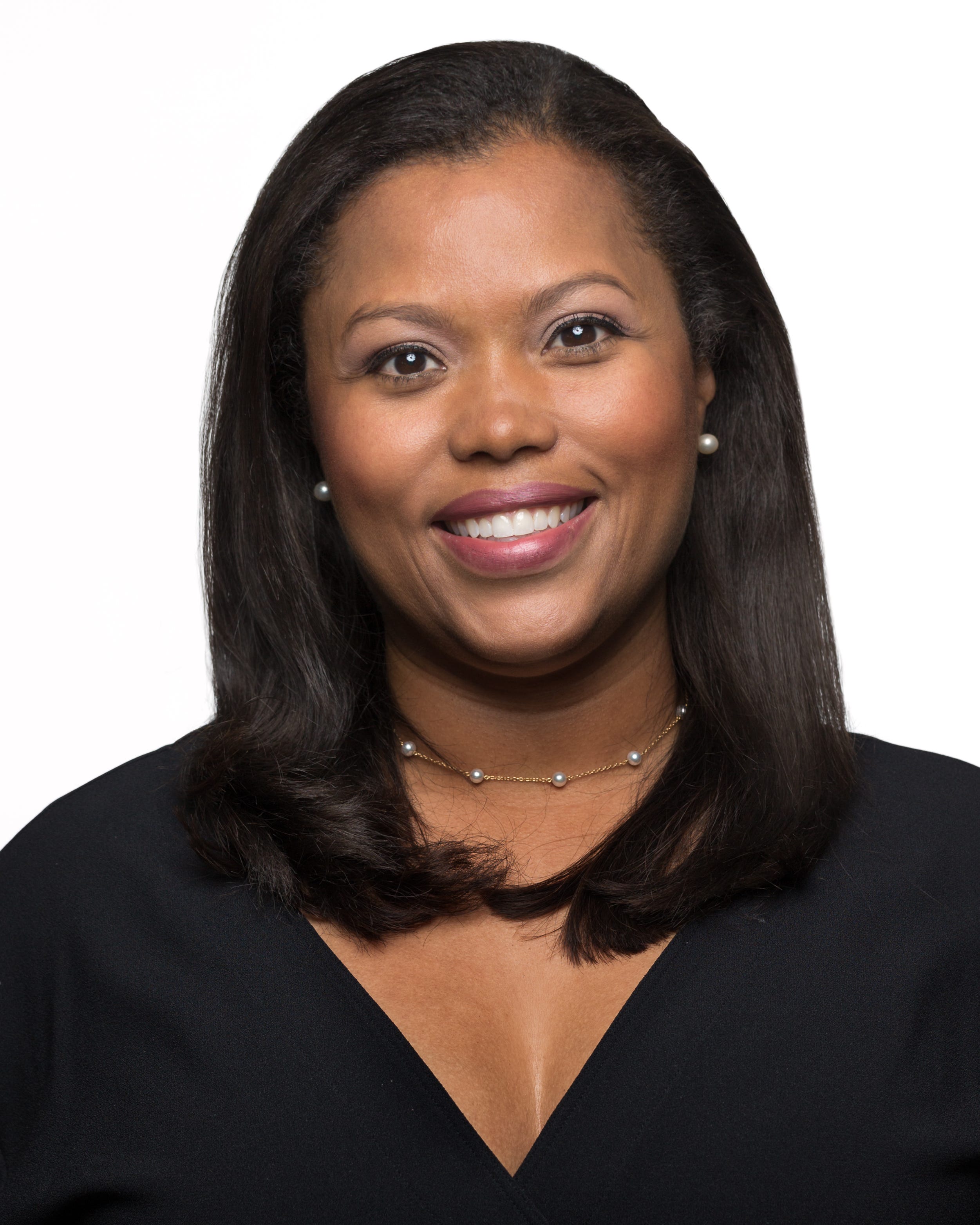
Illustration by Tracie Keeton/USA TODAY; and Getty Images
Who runs corporate America? Men do.
Women are outnumbered 5 to 1 in senior leadership, according to a USA TODAY analysis of named executive officers at the nation's 100 top publicly traded companies. These corporate leaders are the CEO, the chief financial officer and other people who serve in a handful of top-paid roles.
Men are 83% of the 533 named executive officers in S&P 100 corporations, USA TODAY found.
Women today are more visible in corporate America, breaking into executive suites and boardrooms. But, despite efforts to shrink the gender gap, from removing structural barriers to promoting more women, women are still far less likely than men to hold the top positions or bring home the top compensation.

That’s even more common for women of color. They are outnumbered by men 26 to 1 in the S&P leadership ranks, a gap five times wider than the disparity for white women.
“We need diversity across the board but, unfortunately in America, we still live in a patriarchal society, an old boys’ club of mainly white, heterosexual men running companies and designing and dictating our society and our culture,” said Jennifer Siebel Newsom, a documentary filmmaker who is married to California Gov. Gavin Newsom and is co-founder of the California Partners Project, a nonprofit that advocates for women on corporate boards.

Women still face unequal treatment inside nation’s largest companies
Disadvantages for women in the workplace – too few advancement opportunities, too little flexibility, unequal treatment – have existed for years and only become worse during the COVID pandemic.
Sandra Rivera says she was passed over for promotion for 10 years at Intel because she didn’t want to uproot her family and relocate to the company’s headquarters on the West Coast.

Finally, one of her sponsors urged her to apply for a promotion, saying she didn’t care where Rivera lived. Rivera got the new job.
“That was such a seminal moment for me. It changed the trajectory of my career,” Rivera said. Today she’s a named executive officer with Intel and runs the company’s AI and data center businesses.
“Nothing is easier because you’re a woman,” Rivera said, “certainly not a woman in the tech industry.”

Black and Hispanic men sharply underrepresented
The drive for more racial diversity after the 2020 murder of George Floyd primarily boosted the fortunes of men.
Black men held 19 named executive officer positions in 2022, up from 14 in 2020. Still, they would need to hold twice as many of those jobs to match their share of the wider workforce.
Hispanic men or Latinos gained two top jobs, though they also remain far short of parity with the broader workforce.
Asian men gained no ground.
In total, men of color gained seven top jobs from 2020 to 2022 out of the more than 500 named executives listed by the nation's 100 largest companies. Women of color, who are the least represented, only gained three.

Black, Asian and Hispanic women fare far worse than white women
White women hold a significant advantage over women of color in the S&P 100. They are 81% of female named executive officers even though they account for just 63% of women in the wider workforce.
But white women are underrepresented, too. While they hold 73 named executive jobs, men – mostly white – hold 443. White women account for 14% of these leaders, but 30% of all U.S. workers.
Asian women were 1.5% of named executive officers in 2022, half their rate among all U.S. workers. Their numbers increased to nine, up from six in 2020.
Black women held 1.1% of these positions, even though they make up 6% of the U.S. workforce.
Hispanic women or Latinas comprised just 0.4% of named executive officers in 2022. They were underrepresented 18-fold compared to their share of the U.S. workforce.

Women leaders face challenges at the top
Maria Martinez is the chief operating officer of Cisco and one of the few Latinas who is a named executive officer in the S&P 100.
Years ago when she was raising money as CEO of a startup, she pitched a well-known venture capitalist who wasn't willing to take a risk on her company.

“He said, ‘Maria, I love what you are doing. If you were a man, I would fund you,’” Martinez recalls. She raised the money without him but his words stuck with her.
“I have always said this throughout the years, but the biggest challenge is not to let others set expectations for me,” she said.

Changing workplace attitudes one female leader at a time

Sandra Leung, executive vice president and general counsel at Bristol Myers Squibb, says now that she has a seat at the table she advocates for more women and people of color in leadership roles and calls out exclusionary attitudes.
Several years ago, she said, executives were discussing talent development when one man suggested to another that they invite a male employee to play golf to get to know him better.
“I said, ‘Can we think of something that is more inclusive than golf?” Leung said. The CEO agreed with her.
“That’s why having women and people of color in the room changes the dialogue,” Leung said.

What will it take for women to catch up to men?
Transforming the demographics of power in corporate America won’t be easy, says Kellie McElhaney, founding director of the Center for Equity, Gender And Leadership at University of California, Berkeley’s Haas School of Business.

“It is going to take people in power stepping back and relinquishing some of their power to people who have historically been shut out from those rare few golden seats,” McElhaney said.
But, despite women’s small numbers at the top, Rashida La Lande says she’s optimistic.
“It’s a much better situation than when I was first starting out,” said La Lande, executive vice president, global general counsel, and chief sustainability and government affairs officer at The Kraft Heinz Co. “I’m hopeful it will be even better when my children are applying for jobs and looking to advance their careers.”